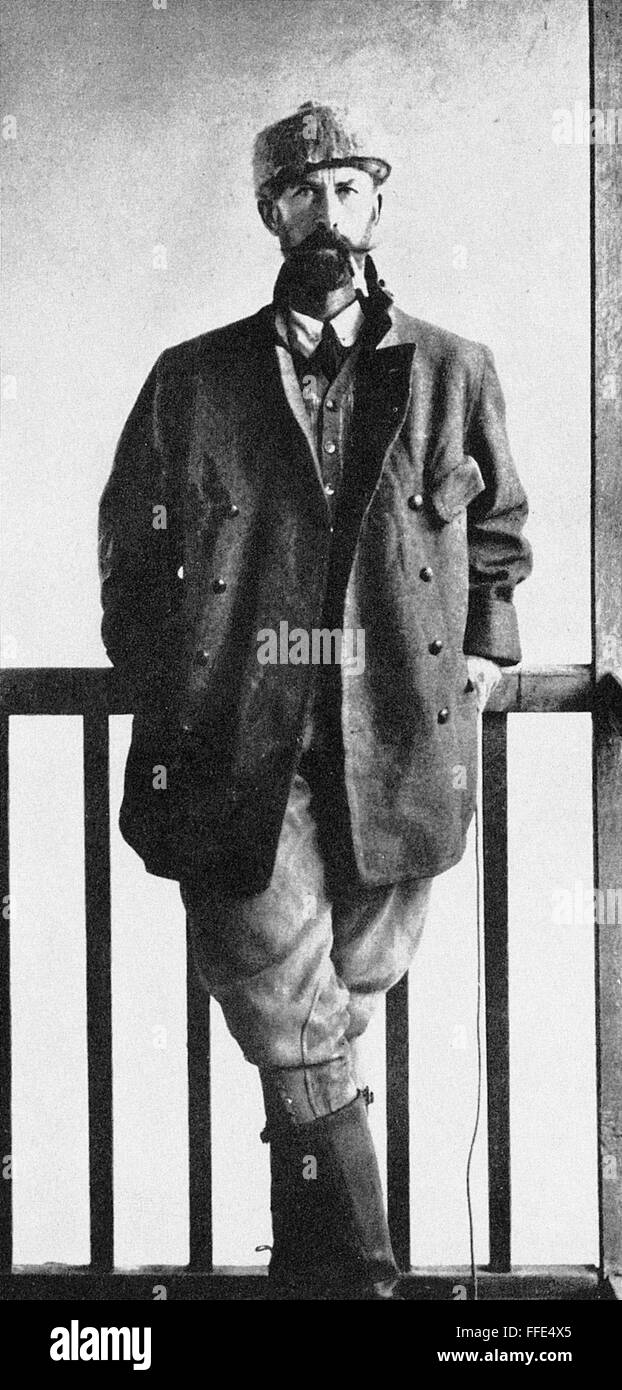Discover Pandipedia
Pandipedia is the world's first encyclopaedia of machine generated content approved by humans. You can contribute by simply searching and clicking/tapping on "Add To Pandipedia" in the answer you like. Learn More
Expand the world's knowledge as you search and help others. Go you!
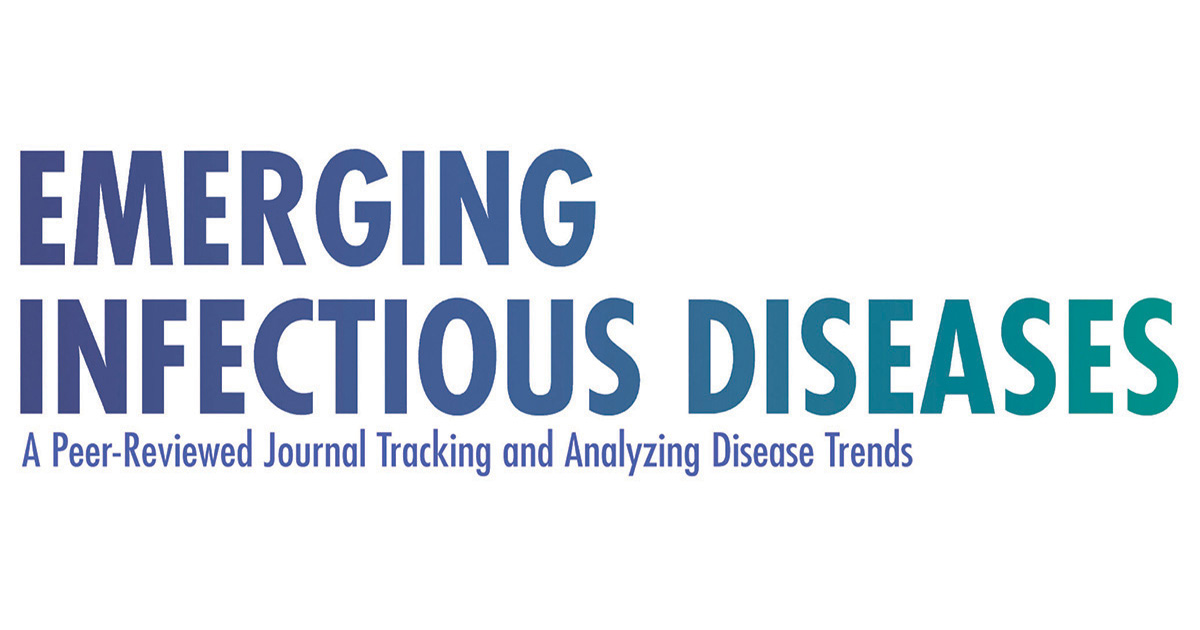
Global health organizations are collectively enhancing their responses to the threats posed by emerging infectious diseases through strategic initiatives that prioritize research and development (R&D), the formulation of guidelines, and improved surveillance measures. These efforts aim not only to combat current health threats but also to prepare for potential future outbreaks.
Identification and Prioritization of Pathogens

The World Health Organization (WHO) has taken significant steps in identifying and prioritizing pathogens that pose substantial risks for global health. In a recent update, WHO has convened over 300 scientists to discuss and evaluate over 25 virus families and bacteria, including 'Disease X,' which reflects an unknown pathogen that could cause severe outbreaks. This effort culminates in a prioritized list of pathogens that require further research and investment in vaccines, diagnostics, and treatment[2].
Dr. Michael Ryan, Executive Director of WHO’s Health Emergencies Programme, emphasized the importance of targeting these priority pathogens, stating, “Targeting priority pathogens and virus families for research and development of countermeasures is essential for a fast and effective epidemic and pandemic response.' This systematic approach allows for the identification of critical gaps in preparedness and response capabilities, ensuring that funds and resources are allocated where they are most needed[2].
Advancements in Research and Development
WHO’s R&D Blueprint for epidemics outlines specific research roadmaps for these priority pathogens. These roadmaps address knowledge gaps and research priorities necessary for developing effective countermeasures. The Blueprint also facilitates clinical trials for vaccines and treatments against these high-priority pathogens, enhancing the readiness of health systems to respond to potential outbreaks[2].
In addition, a review examined the availability and utility of preclinical animal models for high-priority infectious diseases. This research highlights the need for effective prophylactic and therapeutic approaches to infectious diseases and suggests that better animal models could significantly enhance the understanding and control of these diseases[3]. The focus on improving the landscape for vaccine development, antibodies, and small molecule drugs reflects a proactive stance against infectious diseases[3].
Surveillance and Detection Strategies
To mitigate the impact of emerging infectious diseases, organizations like the Centers for Disease Control and Prevention (CDC) play a crucial role in conducting extensive surveillance and epidemiological studies. For example, the CDC has been actively engaged in tracking infectious diseases such as Streptococcus dysgalactiae and Nontuberculous Mycobacteria (NTM), identifying significant health risks and mortality rates associated with these infections. The findings from CDC studies reveal substantial increases in incidence rates of certain infections and the associated mortality risks, which inform public health strategies[1].
Innovative methodologies for enhancing surveillance have also been reported. For instance, a systematic review indicated that the consistent monitoring of diseases such as mpox and extrapulmonary NTM through comprehensive epidemiological studies is vital. This brings to light the critical nature of ongoing research in understanding the transmission dynamics, risk factors, and effective management strategies for these diseases[1].
Addressing Socioeconomic Factors and Health Disparities
Global health organizations are increasingly aware of the social determinants of health that contribute to the spread and impact of infectious diseases. Studies have indicated that regions with limited healthcare infrastructure see higher incidences of diseases such as histoplasmosis, emphasizing the need for targeted interventions in these vulnerable populations. Increasing awareness and improving access to healthcare services are essential strategies in addressing these disparities[1].
Furthermore, WHO emphasizes the socioeconomic impact of infectious diseases in developing its priorities. By considering not only the biological aspects of pathogens but also their broader social implications, organizations can better establish equitable health interventions. This multifaceted approach is necessary to ensure that all populations benefit from advances in healthcare and that emerging health threats are managed in a way that considers varying global contexts[2].
Conclusion

The collaborative efforts of global health organizations, particularly the WHO and CDC, are critical in confronting emerging infectious diseases. By prioritizing pathogens for research, enhancing preparedness through better surveillance and diagnostics, and addressing the social determinants of health, these organizations are working to build resilient healthcare systems. Through continuous investment in research and a robust framework for international cooperation, global health organizations aim to safeguard public health against current and future infectious disease threats. The collective emphasis on preparedness, response, and equitable health intervention underscores a growing recognition of the complex nature of global health challenges in today's interconnected world.
Let's look at alternatives:
- Modify the query.
- Start a new thread.
- Remove sources (if manually added).
- Request a manual search from our human research team.

Inflation affects everyday consumers primarily by eroding their purchasing power, leading to higher costs for essential items like food, energy, and fuel. As noted, 'the cost of living is more than 11% higher than it was a year ago,' and individuals with specific spending habits may experience even greater increases in their personal inflation rates, which may not be fully reflected in overall inflation statistics[3].
Moreover, inflation disproportionately impacts lower-income households, for whom essentials account for a larger portion of their spending. For instance, energy, food, and drink comprise around 15% of lower-income households' budgets compared to 10% for wealthier households, resulting in a sharper inflation experience for the less affluent[3][4][5].
Let's look at alternatives:
- Modify the query.
- Start a new thread.
- Remove sources (if manually added).
- Request a manual search from our human research team.
Get more accurate answers with Super Search, upload files, personalised discovery feed, save searches and contribute to the PandiPedia.

Innovation stands as a pivotal strategy for businesses aiming to achieve growth and adaptability in a rapidly changing marketplace. Its significance is particularly highlighted in light of recent disruptions, such as those brought by the COVID-19 pandemic. Organizations that embrace innovation effectively can not only enhance their product offerings but also fundamentally reshape their operations to meet evolving consumer demands.
Understanding Innovation
At its core, innovation encompasses the implementation of new ideas, products, services, or processes that yield significant improvements in performance, utility, or customer satisfaction. This concept is divided into two categories: sustaining innovation, which enhances existing products for current customers, and disruptive innovation, which creates new markets or significantly alters existing ones[2]. Both types of innovation play critical roles in a company's growth strategy.
Business Growth Through Innovations

According to McKinsey, leading organizations that prioritize innovation tend to report substantial benefits. Their latest studies indicate that companies with strong innovation cultures are more successful at scaling their digital transformation efforts than those with weaker cultures. In essence, organizations that embrace innovation are more likely to invest in research and development (R&D), which, in turn, leads to the creation of new products and services that can attract new customers and retain existing ones[1][3].
Cultivating an Innovative Culture

Key to leveraging innovation for growth is fostering a culture that encourages creativity and experimentation. A McKinsey report emphasized that companies need to create an environment where failure is seen as a learning opportunity, rather than a setback. This means providing psychological safety for employees to experiment without fear of repercussions. Companies that successfully implement this culture see higher rates of innovation and advantageous business outcomes. For example, organizations fostering an innovation culture reported being ten times faster at developing new products compared to their less innovative counterparts[1][8].
Moreover, Korn Ferry highlighted that organizations that invest in R&D are better positioned to continue evolving their offerings, facilitating deeper connections with consumers and thus driving growth[11]. An organization’s commitment to innovative practices not only enhances its market position but also cultivates a resilient workforce ready to tackle unforeseen challenges through innovative solutions.
Technology as a Catalyst for Innovation

In the current digital age, technology serves as a critical enabler of innovation. McKinsey noted significant advancements with generative AI and other cutting-edge technologies being adopted across sectors. Such tools allow companies to capture data and respond to market changes swiftly, strengthening their competitive edge[1].
Companies that lead in innovation usage are not just adopting technology; they are integrating it into the very fabric of their operations. This integration supports data-driven decision-making, enhancing the overall strategic and operational effectiveness of the organization. Top innovators tend to focus their technology investments on areas that result in the highest business impact, such as enhancing competitive differentiation and operational sustainability[8].
Strategies for Embedding Innovation into Business Models
To harness the full potential of innovation, companies must align their strategies closely with their innovation goals. One emerging finding from successful firms is that setting clear, measurable innovation objectives tied directly to business growth can be a game changer. This ensures that all teams understand their roles in the innovation process and see its direct correlation to their performance[10].
Five actionable steps have been identified to integrate strategy into the innovation process:
Set high but achievable aspirations that are aligned with business goals.
Translate these aspirations into actionable steps and clarifications throughout the organization.
Foster an inclusive culture that encourages input at all levels, including frontline employees who understand customer needs best.
Measure and recognize innovation efforts across the organization to ensure continuous improvement and motivation.
Embrace failure as a learning tool, refining processes and timelines to enhance future innovation initiatives[4][10].
The Impact of External Support on Innovation

Research indicates that external support—such as government programs, financial assistance, and educational resources—greatly benefits small and medium enterprises (SMEs) during times of crisis. For instance, a study found that SMEs leveraging external support were better positioned to innovate and, thus, improve their performance and survival rates[9]. This external assistance translates into enhanced capabilities for firms, allowing them to explore new markets and innovate more effectively in response to challenges.
Conclusion
The relationship between innovation and business growth is undeniable. Organizations that prioritize creating an innovative culture, effectively leverage technology, and align their strategies with clear innovation goals are more likely to thrive and adapt to changing market conditions. As demonstrated through various case studies and research findings, these practices not only foster growth but also help organizations navigate uncertainties in today's dynamic environment. By embedding innovation deeply into their operational frameworks, companies can continue to leverage new ideas and technologies to fuel sustainable growth.
Let's look at alternatives:
- Modify the query.
- Start a new thread.
- Remove sources (if manually added).
- Request a manual search from our human research team.
Tree Collection Services
Many businesses like Sendmeachristmastree.co.uk and Hasslefreechristmastree.co.uk offer convenient pickups and recycle the trees responsibly[1].
Local Recycling Centres
You can take your Christmas tree to local recycling centres where it may be processed into wood chips or compost[1][5].
Mulching Programs
Some municipal programs turn old trees into mulch, useful for gardening and landscaping[3][5].
Donating to Farms
Local farms and animal sanctuaries may accept trees to be used as food or toys for animals[4][6].
Composting
Chopping your Christmas tree into smaller parts allows you to compost it at home or at designated composting sites[5][6].
Replanting
If your tree has roots, consider replanting it in your garden or donating it to someone who can[2].
DIY Crafting
Use parts of your tree for creative projects like making coasters, stepping stones, or garden markers[6].
Dune Restoration
Trees can be used on coastal dunes to help prevent erosion and provide wildlife habitat[4][6].
Eco-Friendly Collection Services
Check with local councils for special collection services during the post-Christmas period, aimed at recycling real trees[5].
Let's look at alternatives:
- Modify the query.
- Start a new thread.
- Remove sources (if manually added).
- Request a manual search from our human research team.
Jack the Ripper
An unidentified serial killer responsible for the murders of at least five women in London during 1888, whose true identity remains a mystery[1].

Cleopatra VII
The last active ruler of the Ptolemaic Kingdom of Egypt, her burial site continues to be undiscovered, sparking significant archaeological interest[1].
Amelia Earhart
The pioneering aviator who disappeared over the Pacific Ocean in 1937 while attempting to circumnavigate the globe, with ongoing speculation about her fate[11].
Albert Einstein
Known for his groundbreaking physics theories, his complex personal life and philosophical views continue to intrigue many[2].
Kasper Hauser
A mysterious boy found in Nuremberg in 1828, claiming to have been raised in isolation; his origins and murder in 1833 are still subjects of intrigue[3].
D.B. Cooper
A hijacker who vanished after parachuting out of a plane with ransom money in 1971, leaving behind an unsolved aviation mystery[9].
John F. Kennedy
The assassinated U.S. President whose death has fueled numerous conspiracy theories and political intrigue[13].
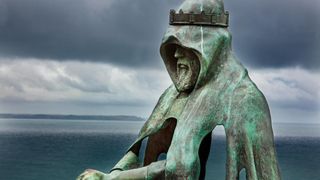
King Arthur
A legendary figure whose historical existence lacks definitive evidence, lending to numerous myths and tales[7].
George Mallory
A climber who disappeared on Mount Everest in 1924 while attempting to reach the summit; the circumstances of his death remain a mystery[10].
Mary Celeste
A ship found abandoned in 1872 with the entire crew vanished, spurring theories of piracy and supernatural events[1].
Marie Antoinette
The Queen of France whose scandalous life and execution during the French Revolution are shrouded in intrigue[1].
M. Chouchani
An enigmatic Jewish teacher who influenced notable students like Elie Wiesel but whose origins remain obscure[5].
Shanti Devi
An Indian girl who claimed to remember her past life at the age of four, capturing the attention of researchers into reincarnation[3].
Edgar Allan Poe
The author’s mysterious death and the themes present in his writings contribute to his enigmatic reputation[2].
Marilyn Monroe
The iconic actress whose likely suicide was surrounded by speculation about her relationships and connections, fueling conspiracy theories[13].
Green Boots
The nickname for a corpse on Everest, believed to have been an Indian climber, whose identity and fate remain uncertain[5].
Joan of Arc
This national heroine of France claimed to have received visions directing her to lead France, and she was burned at the stake, creating an enigmatic legacy[2].
Nikola Tesla
The inventor and electrical engineer known for his eccentricities and revolutionary ideas, whose life has fueled both admiration and speculation[2].
Madeline McCann
The child who vanished while on vacation with her family in Portugal in 2007, leading to a high-profile ongoing investigation[11].

George Psalmanazar
A mercenary who claimed to be from Formosa but is suspected of having fabricated much of his story, leading to questions about his true identity[3].
Solomon Northup
A free man kidnapped and sold into slavery whose story and fate remains a poignant part of American history[10].

Howard Hughes
The reclusive American business magnate and filmmaker who withdrew from society in his later years, leading to speculation about his life[6].
Nikola Tesla
A brilliant inventor whose mystique is compounded by his eccentric behaviors and innovative contributions to electrical engineering[2].
Elizabeth Short (Black Dahlia)
Murdered in Los Angeles in 1947, her gruesome death remains unsolved and continues to be a subject of fascination[7].
Percy Fawcett
The British explorer who vanished in the Amazon jungle in 1925 while searching for a legendary lost city, embodying the spirit of adventure and mystery[7].
Man of the Hole
The last known member of an Indigenous tribe in the Amazon discovered in 1996, whose identity remains unconfirmed and is symbolic of the vanishing cultures[5].
Bella in the Wych Elm
The unidentified middle-aged woman found murdered in England in 1943, whose identity and the surrounding circumstances remain unsolved[5].
Let's look at alternatives:
- Modify the query.
- Start a new thread.
- Remove sources (if manually added).
- Request a manual search from our human research team.
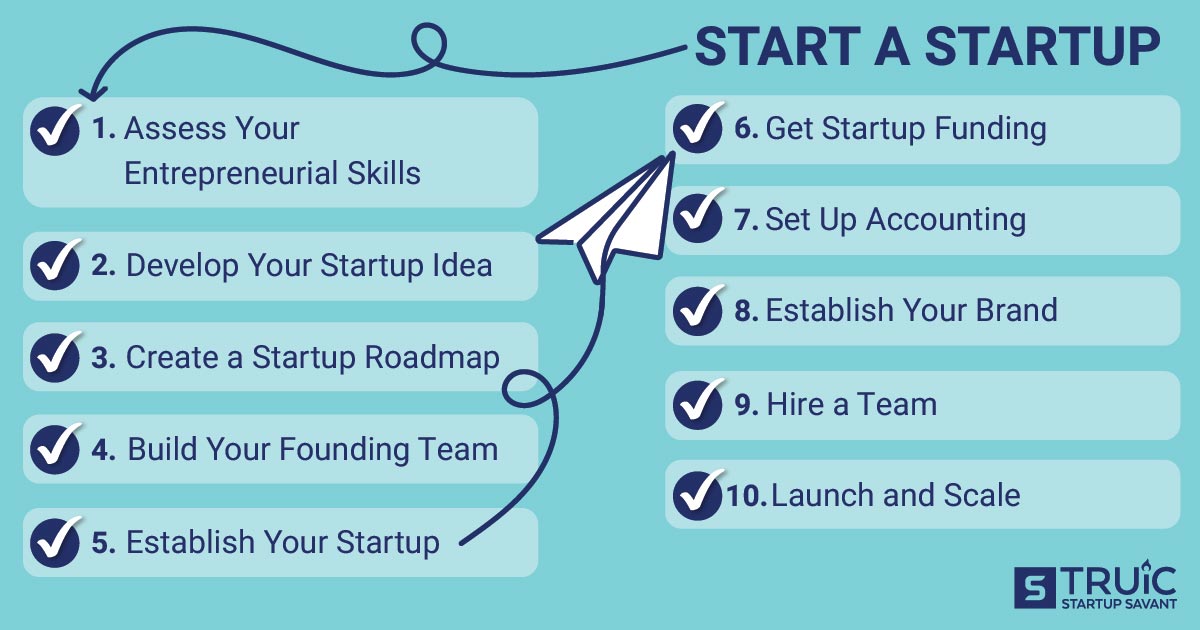
Launching a startup requires meticulous planning and execution across various stages. Here’s a comprehensive guide on the steps involved in this journey, synthesized from multiple sources.
Identify the Problem
The first and most essential step is to identify the problem your startup aims to solve. This involves articulating the pain points of potential customers rather than jumping straight to the solutions. For instance, when Netflix was conceived, the problem wasn't just about delivering movies but also about addressing the high cost of cable and limited viewing options available through traditional television[2]. Understanding the problem better will also guide your marketing and product development efforts.
Conduct Market Research
Before moving forward, it's vital to perform thorough market research. This includes understanding competitor offerings and how your idea differentiates from existing solutions. Investigate what current solutions resonate well with customers and explore gaps that could be filled by your product[3].
Interviewing potential customers and industry experts can provide insights into the issues facing your target market. For example, learning from those who’ve previously worked in your target industry helps clarify what the existing problems are, setting a foundation for your startup's unique value proposition[2][4].
Develop Your Product Concept
Once you've identified the problem, the next step is to create a detailed product concept. This concept narrates what your product will be and addresses customer needs[2]. It can include sketches or text descriptions that creatively convey how your solution will be beneficial to potential users.
Validate Your Idea with MVP
Before fully developing your product, consider creating a Minimum Viable Product (MVP). This prototype should be the simplest version of your product that demonstrates the core functionalities[2]. Use the MVP to gather feedback from beta users, who are usually early adopters. Their feedback is crucial, as it allows you to refine your product and address flaws before a full-scale launch.
Craft a Business Plan

After validating your MVP, write a formal business plan. A business plan outlines key components such as your target audience, marketing strategies, financial projections, and operational plans[3][4]. This document serves not only as a roadmap but also as a crucial tool for attracting potential investors or partnerships.
Secure Funding
Most startups require funding, so the next step is to explore your funding options. You might consider bootstrapping, seeking out angel investors, applying for small business loans, or exploring government grants[1][4]. To attract investors, developing a compelling pitch deck is imperative, outlining the solutions you provide, your market size, and growth projections[4].
Choose a Business Structure
Deciding on your startup’s legal structure is key for regulatory compliance and tax purposes. Your options include a sole proprietorship, partnership, or limited liability company (LLC). Ensure you understand the benefits and legal obligations associated with each structure before finalizing your choice[3].
Register Your Business
Once you’ve decided on a structure, formalize your startup by registering it with the appropriate government bodies. This process includes obtaining an Employer Identification Number (EIN) from the IRS, which is necessary for tax purposes and hiring employees[4].
Build Your Brand and Online Presence
A strong brand identity is critical as it represents your startup’s personality and values. Create a logo, brand colors, and a consistent tone of communication. Additionally, establish an online presence through a professional website that serves as your digital storefront[3][4]. This website should be optimized for search engines to increase your visibility.
Develop a Marketing Strategy

Creating a robust marketing strategy is essential for customer acquisition. This strategy should clarify your objectives, target market, and selected marketing channels—whether digital (social media, SEO) or traditional (print, events)[3]. Regularly reviewing and adjusting your strategy based on performance metrics and customer feedback will ensure ongoing success.
Launch and Iterate
With all the pieces in place, it’s time to launch your startup. However, the process doesn’t end there. Continuously gather customer feedback post-launch to identify areas for improvement. This reassessment phase is vital, as it allows you to pivot when necessary and ensures you remain aligned with market needs[2][4].
Ensure Compliance and Insurance
Finally, ensure that you remain compliant with all applicable regulations and industry standards. Obtain necessary licenses and permits for your business[4]. Furthermore, securing adequate business insurance is crucial to mitigate risks associated with operations[3].
Conclusion
Launching a startup involves a series of well-defined steps from problem identification to product development, business planning, legal formalities, and marketing strategies. Each phase is integral to establishing a solid foundation and ensuring ongoing growth and adaptability in the dynamic market landscape. Staying flexible and responsive to customer feedback will ultimately lead you to a successful business venture.
Let's look at alternatives:
- Modify the query.
- Start a new thread.
- Remove sources (if manually added).
- Request a manual search from our human research team.
Get more accurate answers with Super Search, upload files, personalised discovery feed, save searches and contribute to the PandiPedia.
Introduction

Nestled in the heart of Bihar near Rajgir and Patna, Nalanda is one of the most celebrated sites of ancient learning and Buddhist heritage. Once known as the world’s first international residential university, this historic center was a place where scholars from Asia converged to pursue knowledge in a variety of disciplines. Renowned as a great Buddhist mahavihara, Nalanda has been revered for its intellectual rigor and cultural impact over centuries[1][4].
Historical Significance
Founded in the 5th century CE by Emperor Kumaragupta I of the Gupta dynasty, Nalanda quickly rose to prominence in ancient Magadha. It served as a major center of higher learning under the patronage of various rulers, flourishing during the Gupta era and later under Harsha and the Pala Empire. Historical accounts indicate that the mahavihara attracted scholars from as far-flung regions as China, Korea, and Central Asia. Xuanzang and Yijing, two famed Chinese pilgrims, spent years studying at Nalanda and carried precious Sanskrit texts and relics back to their homelands, cementing the institution’s reputation as a global hub of scholarly exchange[1][4][7].
Academic and Cultural Legacy

The academic curriculum at Nalanda was as diverse as it was comprehensive. Subjects taught ranged from Buddhist philosophy—a discipline that gave rise to influential schools of thought like Madhyamaka and Yogachara—to subjects such as logic, mathematics, astronomy, medicine, and Sanskrit grammar. The institution was unique in its approach to education, with rigorous debates and discussions forming the cornerstone of its teaching methodology. This emphasis on holistic learning and inquiry allowed students to explore ancient texts and scientific subjects alike. Nalanda’s legacy is also enriched by its association with great scholars such as Nagarjuna, Dharmakirti, and the mathematician Aryabhata, whose contributions laid important foundations for future intellectual achievements[4][9][11].
Architectural Heritage and Ruins
Today, Nalanda’s ruins offer a glimpse into the grandeur of its past. Spread over an area that originally covered several hectares, the site contains remnants of 11 monasteries and multiple brick temples arranged in a methodical layout. The stupas, including the famous Sariputra Stupa built to honor one of the Buddha’s chief disciples, stand as testimony to the architectural excellence of the period. Intricate sculptures, inscriptions, and restored sculptures such as those depicting scenes from the Jataka tales add to the cultural richness of the site. The existence of a vast library, known as Dharmaganja, underscores the institution’s commitment to knowledge and the preservation of precious manuscripts[1][7][9].
Modern Revival and International Impact
After centuries of decline following its destruction by invaders, interest in Nalanda was revived in the 21st century. The Government of India, recognizing its unparalleled legacy, passed an act in 2010 to re-establish a modern center of higher education near the ancient ruins. The new Nalanda University, inaugurated in 2014, has been designed with state-of-the-art sustainable infrastructure while paying tribute to its historical roots. With a sprawling campus that integrates eco-friendly features such as rainwater harvesting and solar power, the modern institution strives to become a global knowledge hub. Its interdisciplinary programs and international collaborations reflect the spirit of the original Nalanda, inviting students and scholars worldwide to engage in meaningful academic and cultural exchanges[6][9][10].
Tourism and Cultural Experience

Visitors to Nalanda not only appreciate its historical and academic significance but also enjoy a rich cultural experience. The site is an important stop on India’s Buddhist tourism circuit and offers a blend of archaeological exploration and local flavor. The Nalanda Archaeological Museum, established in the early 20th century, houses a captivating collection of artefacts such as sculptures, coins, and inscriptions that narrate the university’s illustrious past. Complementing the historical journey is the taste of local Bihari cuisine, which reflects centuries of culinary traditions influenced by Buddhist practices. With well-connected transport options from Patna and Rajgir, the area provides an accessible and immersive experience that brings the ancient heritage of Nalanda to life for modern travelers[2][3][5][8].
Conclusion
Nalanda has long been an emblem of India’s rich educational and cultural heritage—a place where learning was interwoven with philosophy, art, and science. Today, the revival of Nalanda University stands as a testament to the enduring legacy of this ancient institution, bridging the vast expanse of time between its storied past and its promising future. As scholars and tourists alike continue to explore its ruins and modern campus, Nalanda remains a beacon of intellectual exchange and a reminder that knowledge knows no boundaries[1][4][9].
Let's look at alternatives:
- Modify the query.
- Start a new thread.
- Remove sources (if manually added).
- Request a manual search from our human research team.
Let's look at alternatives:
- Modify the query.
- Start a new thread.
- Remove sources (if manually added).
- Request a manual search from our human research team.
- @ask_pandi
Neurons on a chip can learn to play Pong. A dish of cells self-organizes and responds to stimuli in real time ⚡🤯
🧵 1/6
- @ask_pandi
Synthetic Biological Intelligence connects living neurons with silicon. Electrical pulses serve as the shared language ⚡
🧵 2/6
- @ask_pandi
A closed-loop system feeds position data to neural cells. Their responses dynamically alter incoming signals 🔄
🧵 3/6
- @ask_pandi
Cortical Labs’ CL1 fuses 800,000 human neurons on a chip. It achieves sub-millisecond feedback loops ⏱️
🧵 4/6
- @ask_pandi
This biocomputer learns with minimal samples and uses only hundreds of watts, outperforming typical AI workloads 🔋
🧵 5/6
- @ask_pandi
These breakthroughs may redefine drug discovery and disease modeling. What are your thoughts on biocomputation? 🤔
🧵 6/6
- @ask_pandi
Sources from:
Let's look at alternatives:
- Modify the query.
- Start a new thread.
- Remove sources (if manually added).
- Request a manual search from our human research team.

'Attention Is All You Need' is a seminal research paper published in 2017 that introduced the Transformer model, a novel architecture for neural network-based sequence transduction tasks, particularly in natural language processing (NLP). This architecture relies entirely on an attention mechanism, eliminating the need for recurrent or convolutional layers. The authors aimed to improve the efficiency and performance of machine translation systems by leveraging parallelization and addressing long-range dependency issues that plague traditional models like Recurrent Neural Networks (RNNs) and Long Short-Term Memory networks (LSTMs)[1][6].
The Transformer consists of an encoder-decoder structure where the encoder processes the input sequence and the decoder generates the output sequence. Each encoder and decoder layer features multi-head self-attention mechanisms, allowing them to weigh the importance of different tokens in the input sequence[2][5]. This model achieved state-of-the-art results in benchmark translation tasks, scoring 28.4 BLEU on the English-to-German translation task and 41.0 BLEU on the English-to-French task with significantly lower training costs compared to previous models[5][6].
Moreover, the paper predicts the potential of the Transformer architecture beyond just translation, suggesting applications in various NLP tasks such as question answering and generative AI[1][3].
Let's look at alternatives:
- Modify the query.
- Start a new thread.
- Remove sources (if manually added).
- Request a manual search from our human research team.





















.jpg)






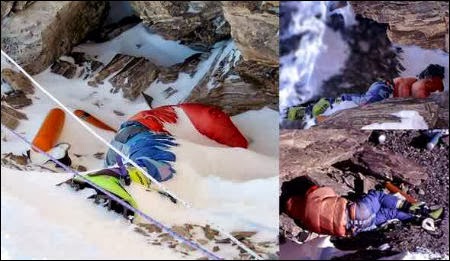








/arc-anglerfish-tgam-prod-tgam.s3.amazonaws.com/public/TSPPCGK7ONHBHBZB54QEETMKS4)




:max_bytes(150000):strip_icc()/howard_hughes-3209440-58e7ac1a5f9b58ef7e11e28f.jpg)

